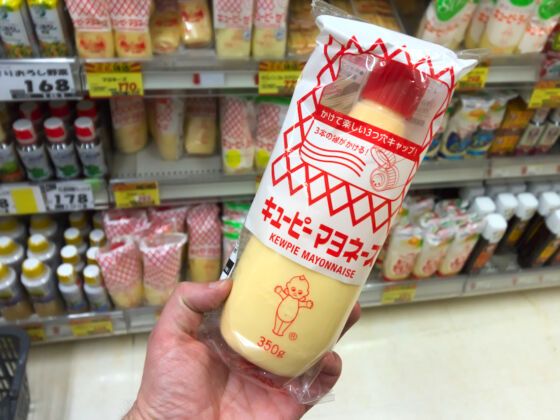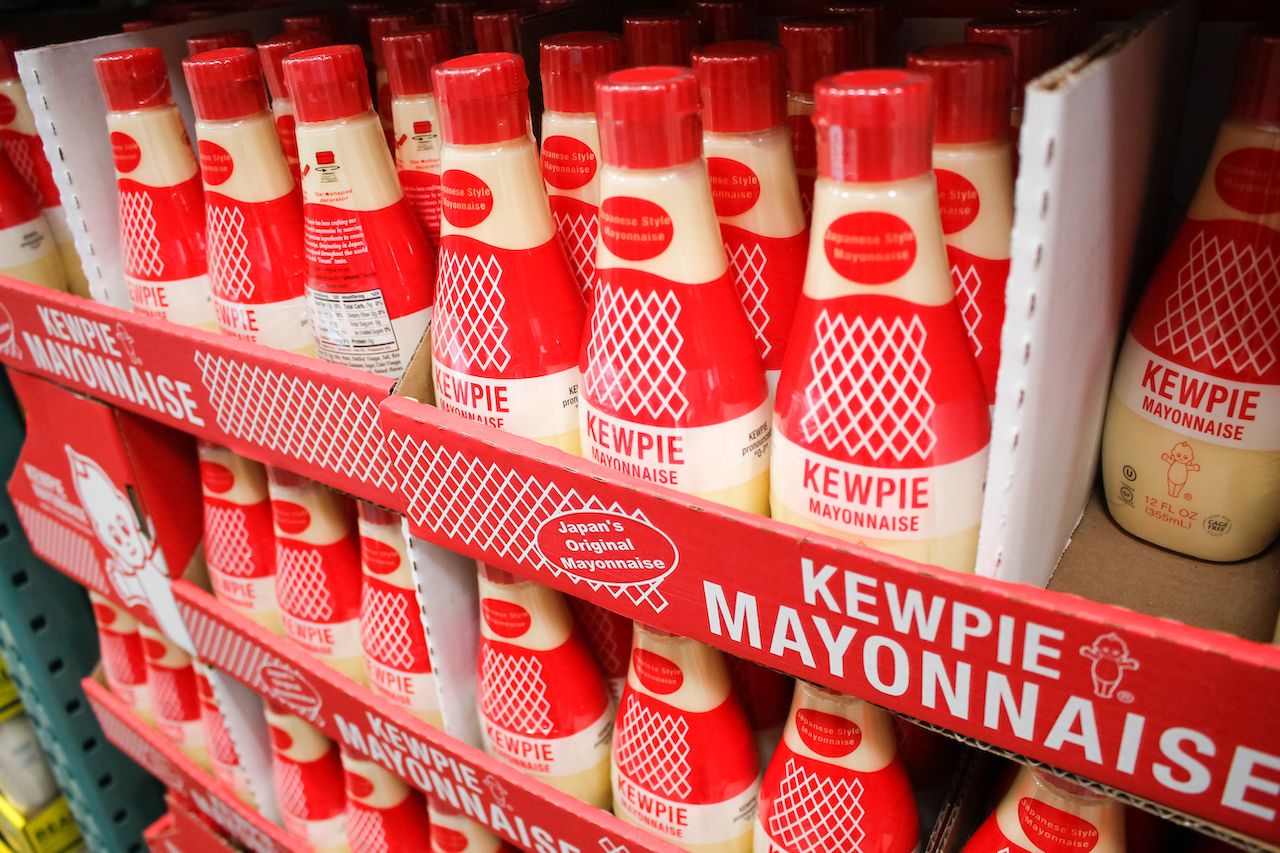In the United States, mayonnaise is often relegated to foods like potato salad and deviled eggs. But for those who love Japanese food, one specific type of mayonnaise can do so much more: Kewpie mayo.
Though Kewpie has been available for years, a viral ramen hack that took off on TikTok earlier this year put the social-media spotlight on the iconic Japanese condiment. The videos center on teaching home cooks to elevate their instant noodles by incorporating a beaten egg, minced garlic to taste, and a dollop of mayo. When combined slowly with the starchy cooking liquid, the mixture emulsifies, creating a rich, creamy broth using the same technique behind pasta carbonara’s glossy sauce, explains Sarah Kasai, sous chef at the Bay Area’s popular Ramen Shop.

